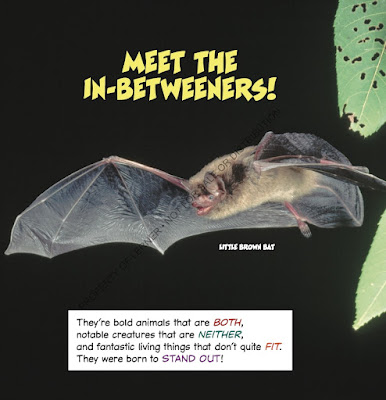When you sell your book (notice I’m saying when, not if!), you become part of the collaborative team that works to make your book the best it can be. As you work with them, the number of editors may confuse you. Why are there so many editors? What makes them different? What follows is a field guide, of sorts, to editors. (Note: There are more people involved in the publishing process than just editors; we’ll discuss them in another post!)
Acquisition Editor: This editor is the person who acquires manuscripts. At many houses, the acquisition editor has a special area of expertise—for example, graphic novels or 19th century philosophy. Will this person be hands-on and help you shape your book? Most likely, no. Instead you’ll work with the . . .
Developmental Editor: This editor is the one who shapes the manuscript. They’re the one who identifies plot holes, for example. They may suggest you restructure your manuscript. You may well curse this editor as you follow their comments and requests, but in the end, your manuscript will be better for it. Trust me.
Line Editor: This person focuses on the language of the book, thus the name “line editor.” While the Development Editor is the macro view, the line editor is the micro. This editor will also have comments and questions, and you may curse this editor as well. But again, it all comes out better in the end.
Note: Sometimes the developmental and line editors
are called “editor” or “senior editor.” It all depends on the publisher. Also,
the position of “acquisitions editor” may not be a separate job, but done by
editors/senior editors. Their days are often filled with meetings, emails, and phone calls, so their time is tight (never, never, call and pitch an editor over the phone -- unless you know them well and have a history -- because, well, do I have to say?) Between all these daily duties, editors work on mauscripts (both reading and editing), coordinate with production and design about covers, paper, and other details; work with marketing; and a million other things. There are so many tasks to be done to create a book and get it into a reader's hands that it's no wonder that there may be so many editors.
Copy Editor: These are the mysterious house-elves of
the publishing world, the people with a deep knowledge of the old magic language.
These are the people who know the difference between affect and effect,
stationary and stationery, and confident and confidant. For them, Chicago Style is not a pizza. They
are your friends. They may also have
questions for you.
Proofreader: Proofreaders and copyeditors are not the same. Proofreaders look for errors (often they’re the last line of defense). As they read, they look for typos, such as missing words, transposed letters, misspellings, and so on. Again, possibly more questions will come from the proofreader, but the editors may address these in house rather than send them to you.
Assistant/Associate Editor: These are editors who are early in their careers; they may have been promoted from editorial assistant positions (see below). Often, they are beginning to build their own lists and as a result are often open to new writers, so meeting and building a rapport with them can be mutually beneficial to you, as the writer who wants a career, and the editor, who is building one.
Editorial Assistants and Interns: These young editors are often recent college grads or, in the case of interns, college students who working in the industry for experience. Generally speaking, they love love love books (honestly, so does everyone else on this list!). They do all the stuff that has to be done but everyone else in the office is too busy to do, including sending PDFs of your book for your review. They are invaluable. I don’t know how anything gets done without them.
Managing Editor: These editors are the ones who keep the trains running on time. Schedules are their milieu. They don’t have much contact with writers and illustrators in the normal course of things.
Executive Editor: This is the person in charge. Sometimes called editor-in-chief, they hire and oversee everyone else.
So, will you encounter all these people? Maybe not as
individuals; editors (especially at small houses) wear many hats, and perform
different functions at different times. The key to working with editors is to
remember that you and the editors have the same goal: to make good books. Remember, they are on your side.











